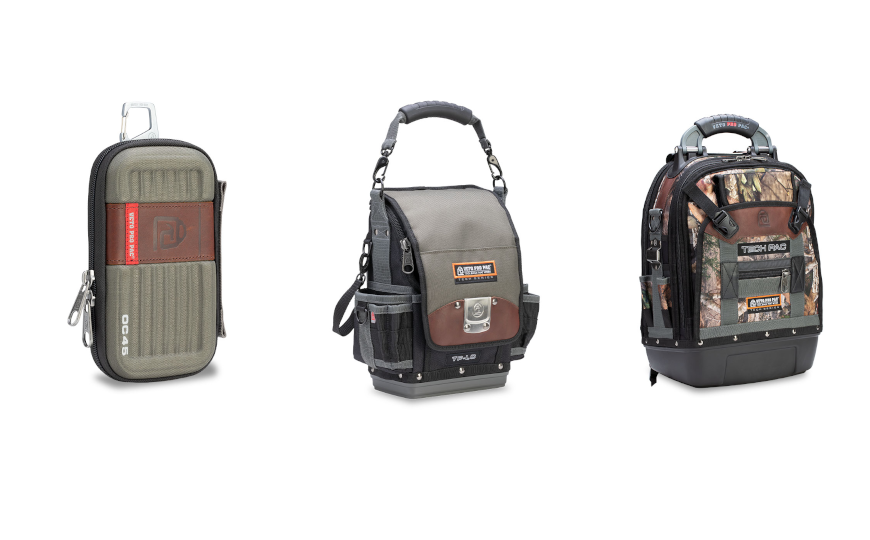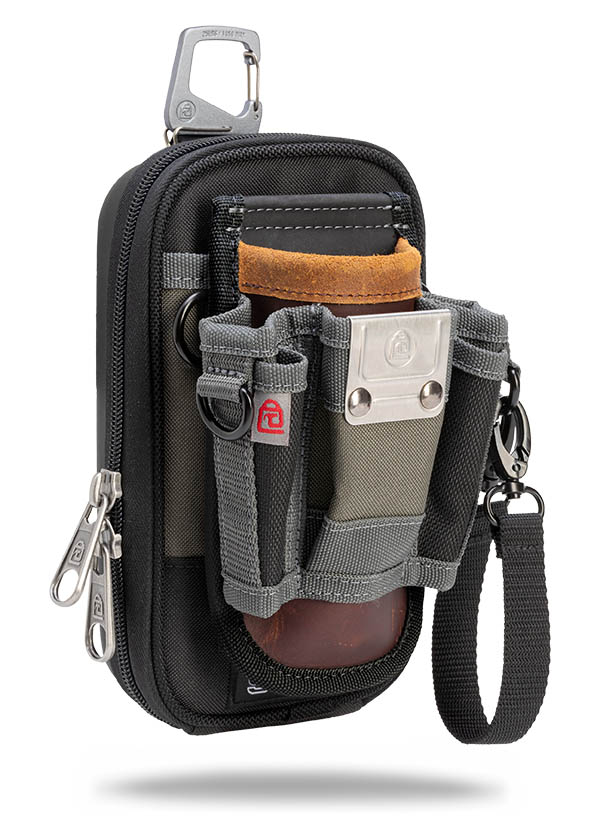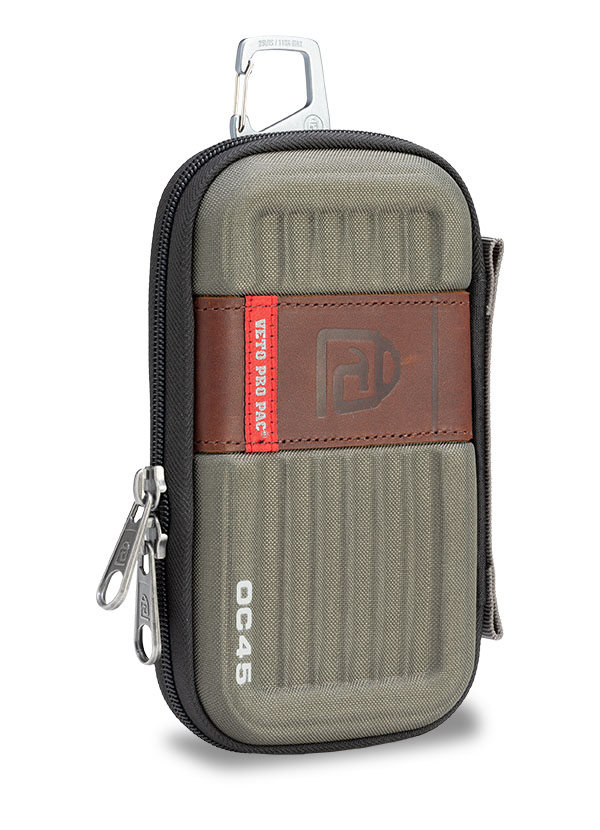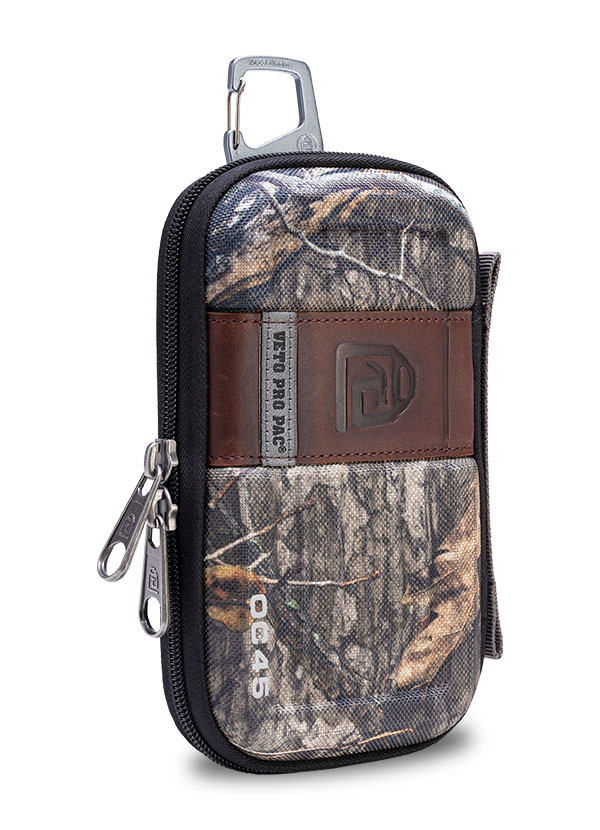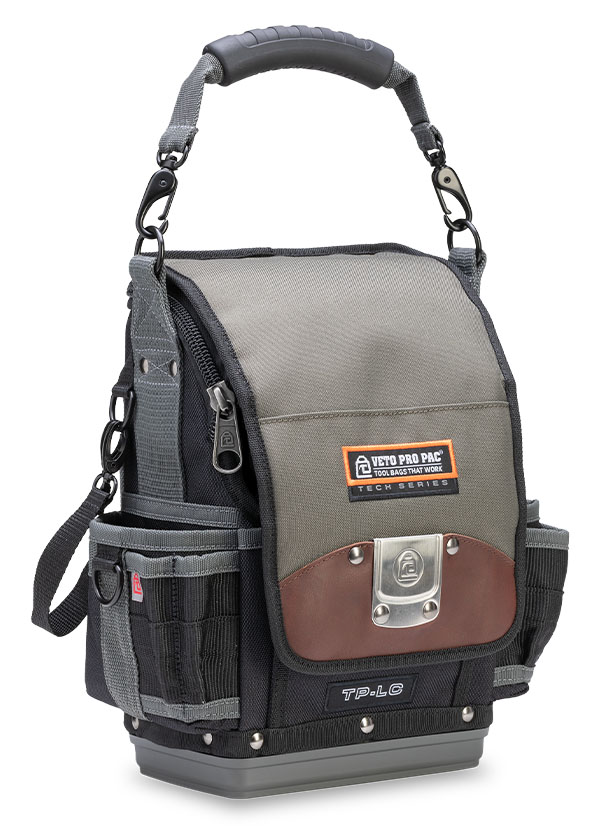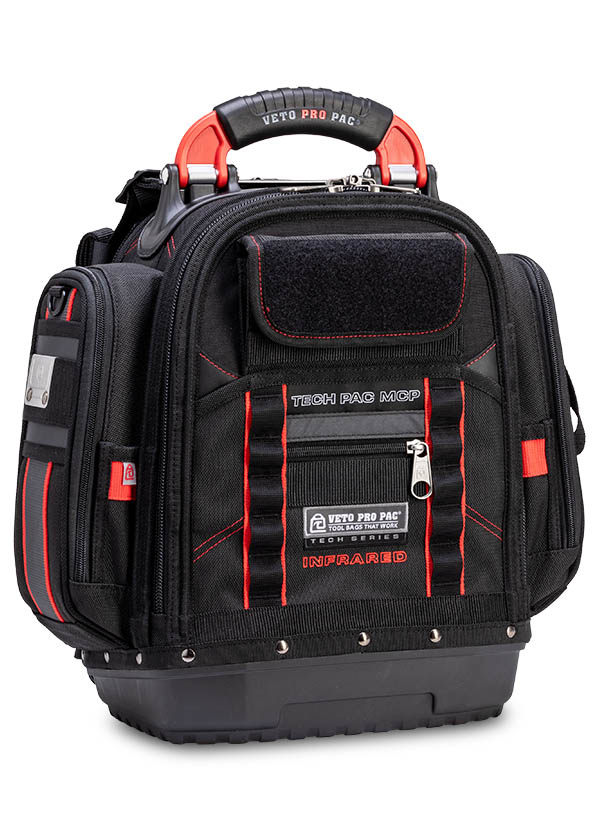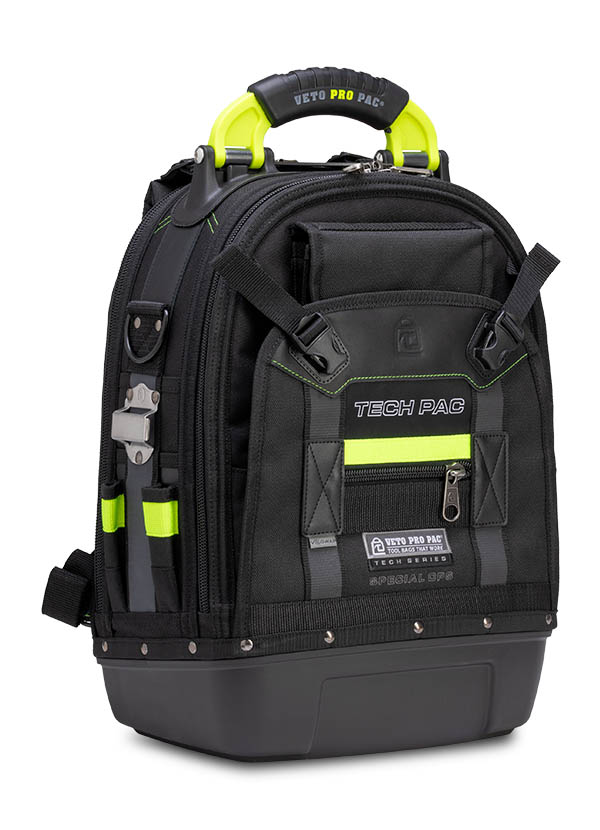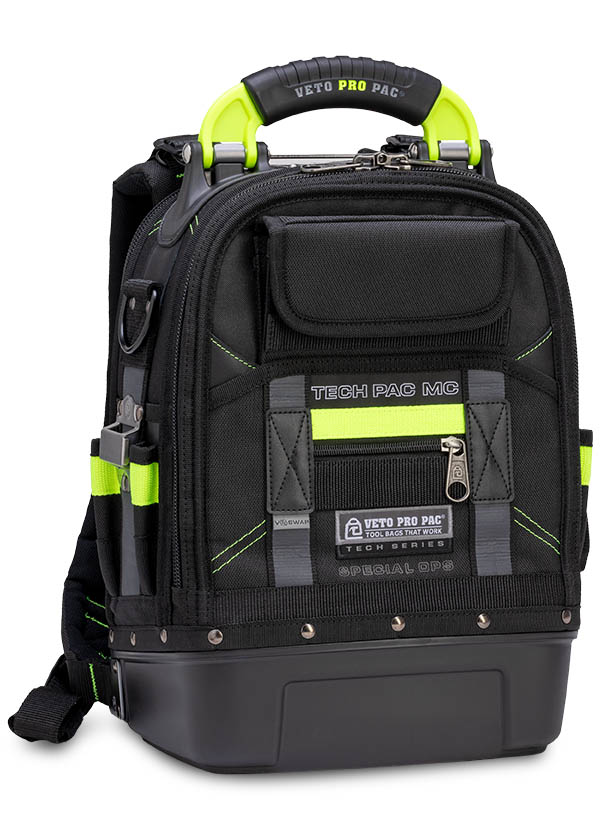If you are a DIY enthusiast, a professional contractor, or just someone who likes to have a few tools handy for home projects, you know how important it is to keep your tools organized. Not only does it save you time and frustration, but it also protects your tools from damage and extends their lifespan.
Why We’re Ditching the Tool Box
Toolboxes are the classic tool storage solution, offering a sturdy and secure way to store and transport your tools. They come in various sizes, shapes, and materials, from small metal or plastic cases to large wheeled carts. Toolboxes usually have one or more compartments, trays, or drawers to organize your tools and accessories. Some toolboxes are part of a modular system that allows you to stack and connect different units for more storage space and customization. Though they’ve been used for a long time, they’re more often cumbersome then they are useful:
- Toolboxes can be heavy and bulky, especially when fully loaded with tools.
- Toolboxes can be expensive, especially if you need multiple units or a modular system.
- Toolboxes can be difficult to access, especially if you need to open multiple compartments or drawers to find the tool you need.
- Toolboxes can be noisy, especially if they are made of metal or have loose tools rattling inside.
But if toolboxes are out, what should we consider in their stead? There are so many types of tool storage options available that it can be difficult to choose the one that best suits your needs. In this ultimate guide, we will compare four popular tool organization systems: tool boxes, tool buckets, tool holders, and tool bags. We will look at their pros and cons, their features and functions, and their suitability for different kinds of tools and tasks.
Tool Cases
Tool cases are a type of tool storage that offers a hard and protective shell for your tools. They are usually made of metal, plastic, or composite materials, and have foam inserts, dividers, or organizers to secure your tools and accessories. They are ideal for storing delicate or expensive tools like meters, gauges, testers, or cameras. Tool cases can also be integrated into an existing tool bag or backpack system.
Pros
- Sturdy and reliable
- Tool cases are safe and secure, as they can prevent dust, moisture, or shock from damaging your tools.
- Tool cases are professional and elegant, as they give you a sleek and sophisticated appearance and show your quality and reliability.
Cons
- Tool cases are rigid and inflexible, as they can only hold a fixed number of tools and may not fit all your tools or accessories.
For those seeking a smarter way to keep their tools and electronics organized, the Veto Pro Pac OC Cases are a standout choice as they can integrate directly into your existing tool bags or function as their own storage solution. It’s a good choice for those looking for something to protect their specialized equipment.
Features
- V-SWAP panels allow each case 3 additional organizational components.
- Semi-rigid protective clamshell case
- Water-resistant bottom
- Includes 1 removable panel with 2 versatile tension straps, 1 removable zippered folio, and a repositionable doubled-gated carabiner for hanging
- The rear molle accepts optional repositionable stainless steel clip for attaching to a belt or tool bag
Tool Pouches
Tool Pouches, also known as tool holders, are a type of tool storage that attaches to your belt, waist, or chest, allowing you to keep your tools close at hand and easily accessible. They are usually made of leather, nylon, or canvas, and have various pockets, loops, or clips to hold your tools and accessories. They are ideal for storing small to medium-sized tools like pliers, knives, tape measures, and flashlights, as well as personal items like phones, wallets, and keys. Tool pouches are convenient for working in tight spaces, on ladders, or on roofs, where you need to have your hands free and your tools within reach.
Pros
- Ergonomic and comfortable as they distribute the weight of your tools evenly and reduce strain on your back and shoulders.
- Their practicality allows quick access to your tools without having to bend down or reach for a tool box or bucket.
Cons
- Although unlikely, there is the potential that a tool pouch may snag on something, or cause injury if you happened to fall. This additional hazard should be considered when picking the right pouch.
- Tool pouches without a cover leave tools exposed to the environment, which increases the risk of damage to your tools.
Our Pick
Veto Pro Pac TP-LC
This closeable tool pouch is perfect for technicians to protect their smaller tools from the elements. The organizational compartment makes it easy to store smaller tools while still maintaining quick access.
Features:
- Waterproof Polypropylene plastic base for moisture and abrasion protection
- 20 internal pockets
- 14 external pockets
- 2 metal tape clip holders
- Hang-up hook
- Tarpaulin covered rear pocket for added weather & abrasion protection
Tool Bags
Tool bags are a modern and popular tool storage option that can hold a lot of tools in a flexible and convenient way. They are usually made of nylon, polyester, or canvas, and have various pockets, compartments, or dividers to organize your tools and accessories. They are ideal for storing medium to large-sized tools like drills, saws, levels, and clamps, as well as personal items like laptops, tablets, or chargers. Tool bags are easy to carry with handles, shoulder straps, or backpack straps, and can be placed on the floor, a table, or a vehicle.
Pros
- Added space gives more organizational opportunities as they can hold a lot of tools and keep them in order with internal or external organizers or separators.
- They are flexible and adaptable as they can expand or contract to fit your tools and accessories, and can be customized with modular attachments or accessories.
- They are often made of tough and water-resistant materials and have padded or reinforced walls, bottoms, or corners to protect your tools from damage.
- Tool bags have ergonomic and adjustable carrying options, and have easy-access openings, zippers, or Velcro closures.
Cons
- If overloaded, tool bags can quickly become heavy and cumbersome. Take care to make sure you’re not stuffing more tools than necessary into your tool bag.
- Additional modular add-ons can be expensive.
This backpack is a premium product that offers superior quality and functionality. It has 46 interior and exterior tool pockets to store your tools and accessories, as well as a pocket for a laptop or tablet compartment. The Tech Pac Backpack was designed with movement in mind and is perfect for tradesmen who find themselves on the go and is even comfortable going up and down ladders. It is made of weatherproof nylon and has a polypropylene waterproof base and a heavy-duty handle. It features Veto Pro Pac’s unique center panel design that gives the bag additional stability on surfaces.
Features:
- Heavy-duty construction with a waterproof base
- Quick-release handle for easy access
- Thermo-formed EVA padded back panel
- Adjustable, padded shoulder strap system
- Durable double-stitched, heavy-duty zippers
- Powder-coated steel D-rings and marine-grade rivets
- Industrial strength double nylon stitching
Conclusion
As you can see, there are many different ways to organize your tools, each with its own advantages and disadvantages. The best tool storage option for you depends on your personal preferences, your budget, your type and number of tools, and your work environment and tasks. However, if you are looking for a tool storage solution that offers the most benefits and the least drawbacks, Veto Pro Pac is the answer. They are designed to provide the ultimate durability, accessibility, and versatility for your tools, and they come in various sizes, styles, and configurations to suit your needs. Whether you need a tool bag, a tool pouch, a tool case, or something else, Veto Pro Pac has a tool bag for you.
Frequently Asked Questions
How do I choose between a tool case, pouch, or bag based on the type of tools I use?
The decision between a tool case, pouch, or bag largely depends on the type of tools you use, as well as how you use them. Tool cases are best suited for delicate or expensive tools that require extra protection, such as meters, gauges, and electronic equipment. They offer a hard, protective shell with foam inserts or dividers for organization. Tool pouches are ideal for keeping essential tools and accessories within easy reach. They’re perfect for tasks requiring mobility and hands-free convenience, such as working in tight spaces, on ladders, or on roofs. Tool bags offer the most flexibility and storage capacity, suitable for carrying a wide variety of tool sizes and types. They’re best for professionals who need to transport multiple tools to different job sites and prefer the ease of carrying with handles, shoulder straps, or backpack straps. Consider your daily tasks, the tools you frequently use, and your mobility needs when choosing the best storage solution.
In terms of customization, how flexible are the Veto Pro Pac storage solutions for evolving tool collections?
Veto Pro Pac storage solutions are highly flexible and customizable, catering to the evolving needs of tool collections. Their range includes various models that offer modular components, such as the V-SWAP system in the OC Cases, allowing for personalized organization and storage configurations. This system permits users to change out panels based on the specific tools or accessories they need for a job, making it easy to adapt the storage solution as tool collections grow or change. Additionally, many Veto Pro Pac products are designed with multiple interior and exterior pockets and compartments of varying sizes, ensuring that as new tools are acquired, there’s a spot for everything. The versatility of their tool bags, cases, and pouches means they can accommodate a wide range of tools and equipment, from small, delicate instruments to larger, heavier items, making them a suitable choice for professionals whose tool needs evolve over time.
Is there a recommended way to distribute weight in a tool bag to prevent back or shoulder strain?
Ensure heavier items are placed at the bottom and the weight is evenly distributed on both sides. Utilize the bag’s compartments and pockets to organize and balance smaller tools, keeping frequently used items within easy reach. Adjust shoulder or backpack straps for a snug fit against your body, avoiding low hang that can pull on your shoulders. Only carry the tools necessary for your task to avoid overloading, and take regular breaks or alternate the carrying shoulder with single-strap bags. This approach minimizes strain and enhances comfort while transporting your tools.

 Tool bags
Tool bags
 Tool Storage
Tool Storage
 Made in USA
Made in USA Tool Bags By Trade
Tool Bags By Trade
